

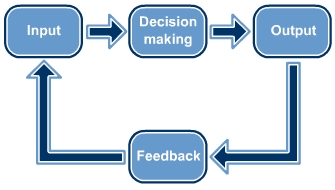

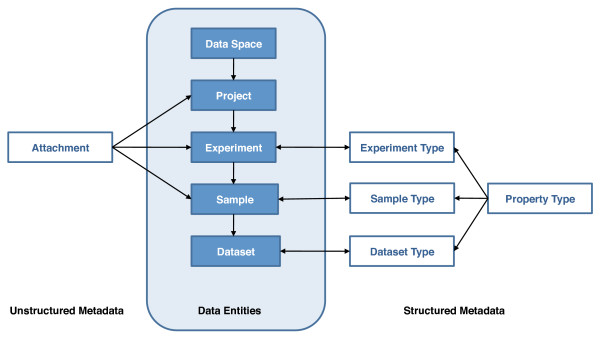

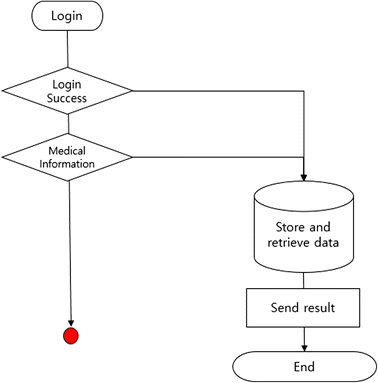

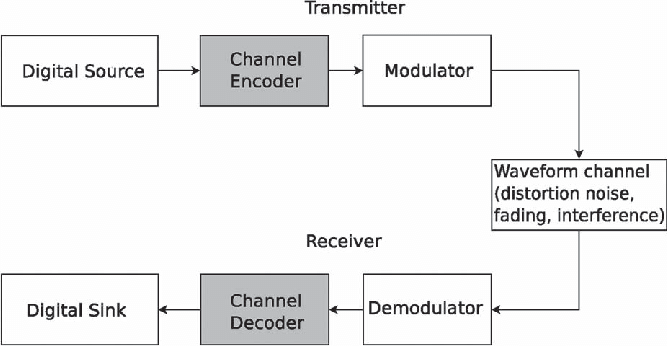
In the context of computers, the term "display" typically refers to a screen or monitor. Therefore, the act of displaying information on a screen would be considered the process of displaying. However, the meaning is closer to the word "display," which means "show," "put into view," or "exhibit." The process of displaying information primarily accomplishes this: it displays information so that individuals can view it.
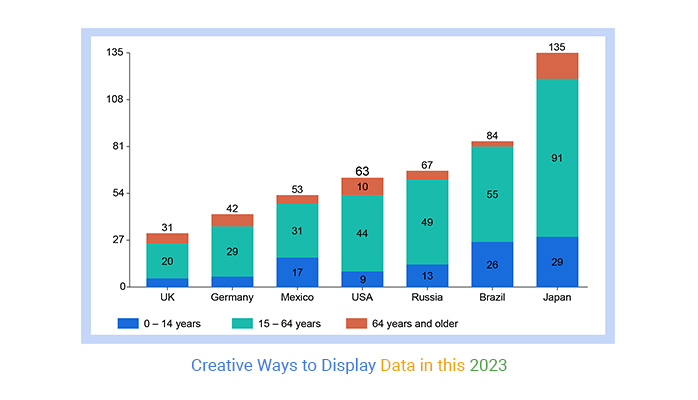
created with
Website Builder Software .